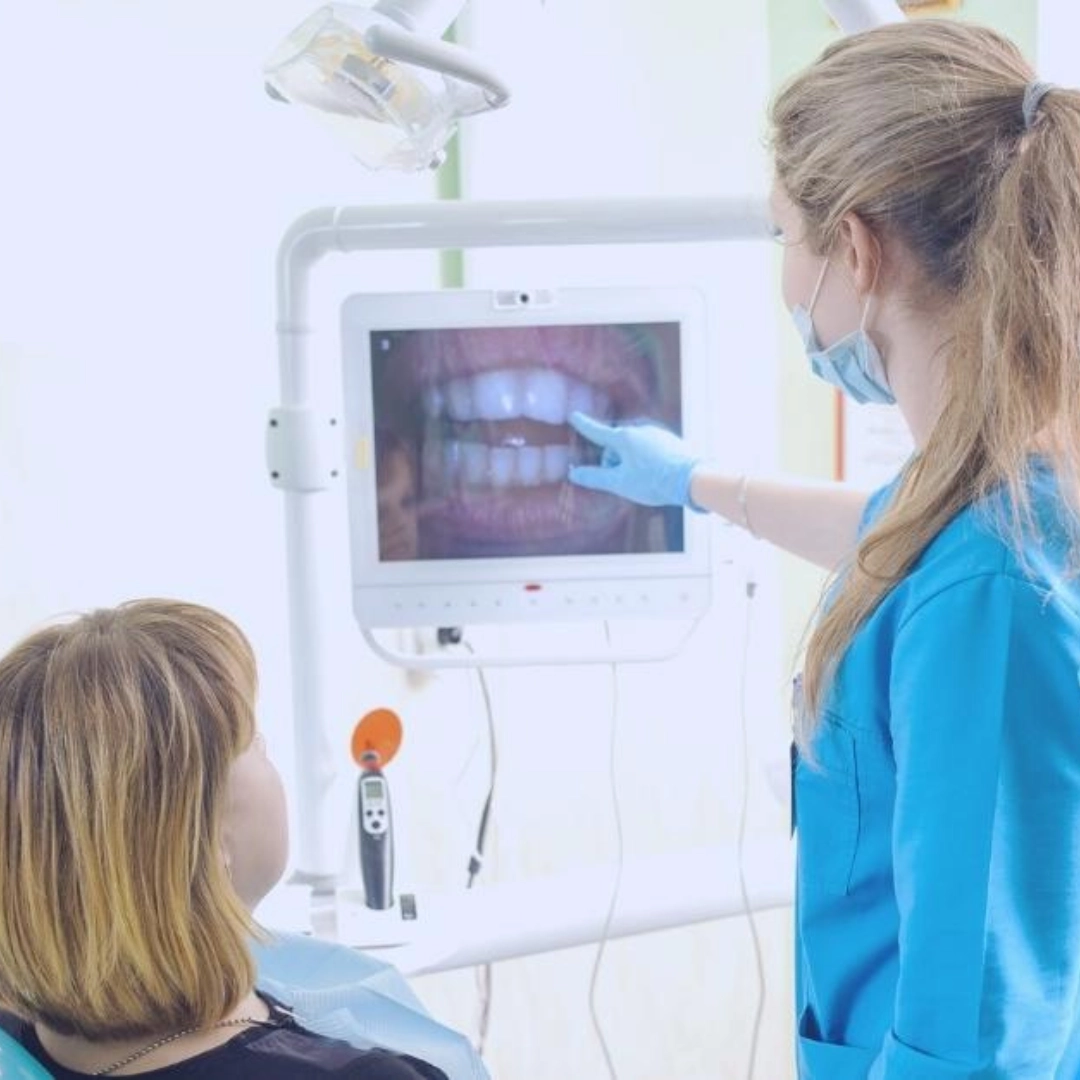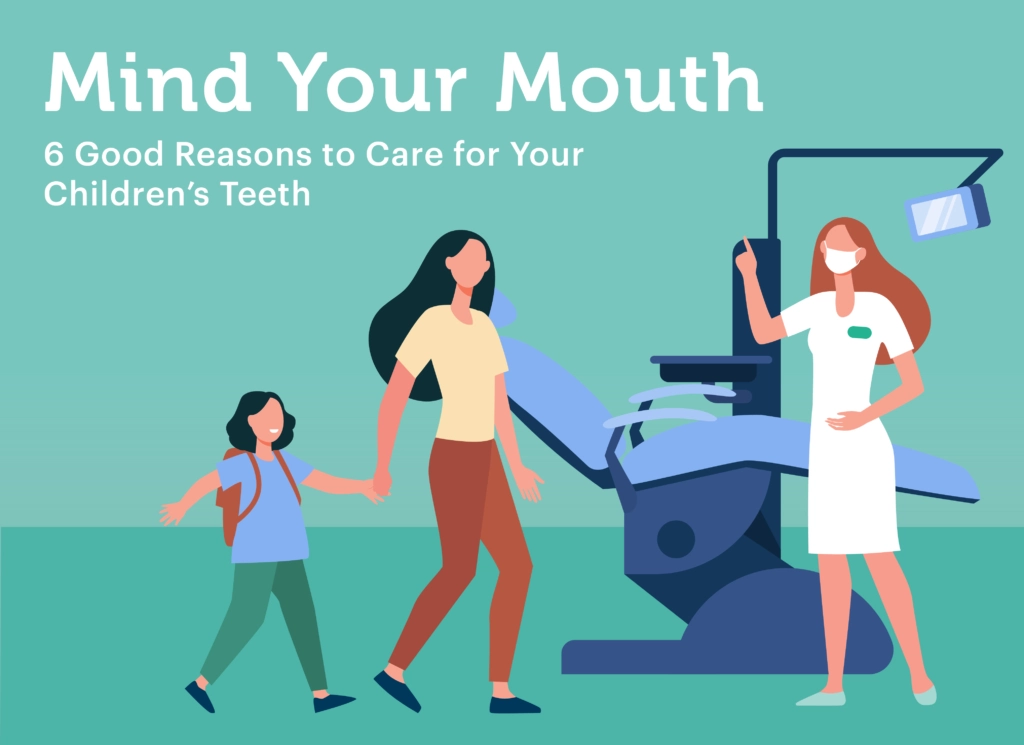Warning: Trying to access array offset on value of type bool in /data/production/benevis.com-refresh/wp-content/themes/benevis-custom/single.php on line 50

— This blog post is an excerpt from the Benevis Whitepaper “The Dental Divide and the Health Chasm It Creates for Too Many Children“ —
For the many reasons cited in this report, the importance of oral health cannot be overstated. It is directly connected to a child’s physical and mental health and well-being.
The dental divide is an incessant and unrelenting challenge with wide repercussions across the nation’s dental and healthcare systems. It contributes to higher healthcare costs, poorer health outcomes, and greater social, economic, and health disparities among communities of different socioeconomic statuses. Ultimately, it affects the overall health status of the nation.
What Is a Dental Home?
A dental home is defined as an ongoing relationship between a specific dentist and patient in which the dentist provides all aspects of oral care for that patient “in a comprehensive, continuously accessible, coordinated, and family-centered way,” according to the American Academy of Pediatric Dentistry (AAPD).
The AAPD adopted the policy of dental homes in 2001 with the goal of providing a regular source of consistent dental care for children in low-income communities. Children with a dental home are more likely to receive routine dental care to prevent cavities. Dental homes enhance general health and well-being, and reduce the negative impacts of poor oral health on the nation’s healthcare system.
—
SOURCE
Rural Health Information Hub website: Dental Home Model. Accessed May 2, 2022; Thompson, V.: “Texas Improves Access to Routine Oral Health Services for Very Young Children.” National Academy for State Health Policy, Jan. 15, 2021.

Numerous efforts can help diminish the negative effects of the dental divide. These include initiatives to better educate families about the importance of dental care, inform policymakers and healthcare leaders about the consequences of the dental divide, improve access to high-quality dental care for children in underserved communities, establish dental homes, expand dental insurance benefits, and raise Medicaid and CHIP reimbursement rates for dental services to sustainable levels.
Some efforts seek to bridge the dental divide by better integrating oral health and primary care, or making dental services more accessible by offering them to schools or family health clinics.
The federal Head Start program has established standards for oral health care as part of its broader mission to promote “the school readiness of young children from low-income families by enhancing their cognitive, social, and emotional development.” All children participating in the program are required to receive routine dental care to ensure they stay healthy and ready to learn. This commitment to children’s oral health needs to be leveraged and also become more ubiquitous in our communities.
While there is a long way to go and many obstacles to overcome, such efforts are vital to closing the chasm created by the dental divide for children from underserved communities who are the most at risk. With increased awareness and action, all children can have access to high-quality dental care and equal opportunities to develop good oral health habits to help them live healthier lives, grow, and thrive.
Related Articles

Surprising Facts About Men’s Oral Health
Posted on: June 3, 2024
This Men’s Health Month, we have a few surprising facts to share about men's oral health and dental habits.

Women’s Oral Health in Pregnancy
Posted on: May 22, 2024
Learn about the surprising links between a mother and child’s oral health, and why it’s important to visit the dentist during pregnancy.

6 Good Reasons to Care for Your Children's Teeth
Posted on: September 12, 2023
